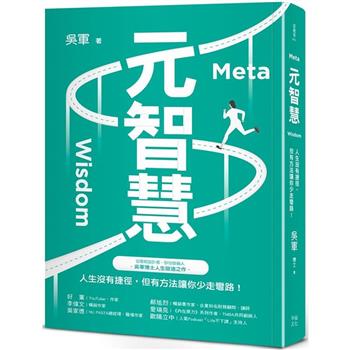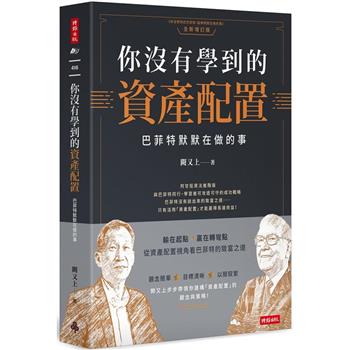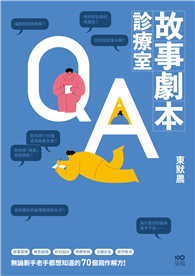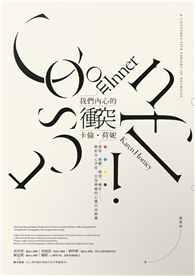| FindBook |
有 1 項符合
Henry VIII的圖書 |
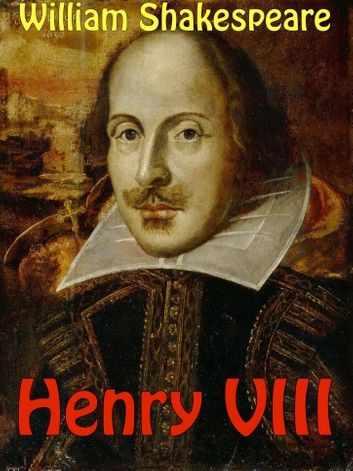 |
Henry VIII 作者:William Shakespeare 出版社:Castrovilli Giuseppe 出版日期:2014-01-21 語言:英文 |
| 圖書館借閱 |
| 國家圖書館 | 全國圖書書目資訊網 | 國立公共資訊圖書館 | 電子書服務平台 | MetaCat 跨館整合查詢 |
| 臺北市立圖書館 | 新北市立圖書館 | 基隆市公共圖書館 | 桃園市立圖書館 | 新竹縣公共圖書館 |
| 苗栗縣立圖書館 | 臺中市立圖書館 | 彰化縣公共圖書館 | 南投縣文化局 | 雲林縣公共圖書館 |
| 嘉義縣圖書館 | 臺南市立圖書館 | 高雄市立圖書館 | 屏東縣公共圖書館 | 宜蘭縣公共圖書館 |
| 花蓮縣文化局 | 臺東縣文化處 |
|
|
Henry VIII is a history play generally believed to be a collaboration between William Shakespeare and John Fletcher, based on the life of Henry VIII of England. An alternative title, All is True, is recorded in contemporary documents, the title Henry VIII not appearing until the play's publication in the First Folioof 1623. Stylistic evidence indicates that individual scenes were written by either Shakespeare or his collaborator and successor, John Fletcher. It is also somewhat characteristic of the late romances in its structure. It is noted for having more stage directions than any of Shakespeare's other plays.
During a performance of Henry VIII at the Globe Theatre in 1613, a cannon shot employed for special effects ignited the theatre's thatched roof (and the beams), burning the original building to the ground.
The play opens with a Prologue, (a figure otherwise unidentified), who stresses that the audience will see a serious play, and appeals to the audience members, "The first and happiest hearers of the town," to "Be sad, as we would make ye."
Act I opens with a conversation between the Dukes of Norfolk and Buckingham and Lord Abergavenny. Their speeches express their mutual resentment over the ruthless power and overweening pride of Cardinal Wolsey. Wolsey passes over the stage with his attendants, and expresses his own hostility toward Buckingham. Later Buckingham is arrested on treason charges— Wolsey's doing.
The play's second scene introduces King Henry VIII, and shows his reliance on Wolsey as his favourite. Queen Katherine enters to protest about Wolsey's abuse of the tax system for his own purposes; Wolsey defends himself, but when the King revokes the Cardinal's measures, Wolsey spreads a rumour that he himself is responsible for the King's action. Katherine also challenges the arrest of Buckingham, but Wolsey defends the arrest by producing the Duke's Surveyor, the primary accuser. After hearing the Surveyor, the King orders Buckingham's trial to occur.
At a banquet thrown by Wolsey, the King and his attendants enter in disguise as masquers. The King dances with Anne Boleyn.
Two anonymous Gentlemen open Act II, one giving the other an account of Buckingham's treason trial. Buckingham himself enters in custody after his conviction, and makes his farewells to his followers and to the public. After his exit, the two Gentlemen talk about court gossip, especially Wolsey's hostility toward Katherine. The next scene shows Wolsey beginning to move against the Queen, while the nobles Norfolk and Suffolk look on critically. Wolsey introduces Cardinal Campeius and Gardiner to the King; Campeius has come to serve as a judge in the trial Wolsey is arranging for Katherine.
Anne Boleyn is shown conversing with the Old Lady who is her attendant. Anne expresses her sympathy at the Queen's troubles; but then the Lord Chamberlain enters to inform her that the King has made her Marchioness of Pembroke. Once the Lord Chamberlain leaves, the Old Lady jokes about Anne's sudden advancement in the King's favour.
A lavishly-staged trial scene portrays Katherine's hearing before the King and his courtiers. Katherine reproaches Wolsey for his machinations against her, and refuses to stay for the proceedings. But the King defends Wolsey, and states that it was his own doubts about the legitimacy of their marriage that led to the trial. Campeius protests that the hearing cannot continue in the Queen's absence, and the King grudgingly adjourns the proceeding. Wolsey and Campeius confront Katherine among her ladies-in-waiting; Katherine makes an emotional protest about her treatment.
Norfolk, Suffolk, Surrey, and the Lord Chamberlain are shown plotting against Wolsey. A packet of Wolsey's letters to the Pope have been re-directed to the King; the letters show that Wolsey is playing a double game, opposing Henry's planned divorce from Katherine to the Pope while supporting it to the King. The King shows Wolsey his displeasure, and Wolsey for the first time realises that he has lost Henry's favour. The noblemen mock Wolsey, and the Cardinal sends his follower Cromwell away so that Cromwell will not be brought down in Wolsey's fall from grace.
The two Gentlemen return to observe and comment upon the lavish procession for Anne Boleyn's coronation as Queen, which passes over the stage in their presence. Afterward they are joined by a third Gentleman, who updates them on more court gossip – the rise of Thomas Cromwell in royal favour, and plots against Cranmer, the Archbishop of Canterbury. Katherine is shown, ill; she has a vision of dancing spirits. Cardinal Campeius visits her; Katherine expresses her continuing loyalty to the King despite their divorce, and wishes the new Queen well.
The King summons a nervous Cranmer to his presence, and expresses his support; later, when Cranmer is shown disrespect by the King's Council, Henry reproves them and displays his favour of the churchman. Anne Boleyn gives birth to a daughter, the future Queen Elizabeth. In the play's closing scenes, the Porter and his Man complain about trying to control the massive and enthusiastic crowds that attend the infant Elizabeth's christening; another lush procession is followed by a prediction of the glories of the new born princess's future reign and that of her successor, the play's Epilogue.
|
